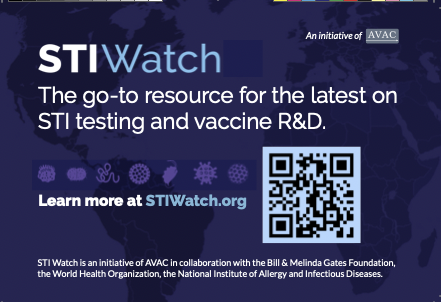Produced and hosted by Jeanne Baron

With several large HIV vaccine trials in the last few years finding no efficacy, the field is in transition. There are diverse ideas in vaccine research, but there’s no clear concept that’s ready to test in a late-phase trial or move towards product development currently. Researchers are back to testing new ideas in early phase research.
In this episode of our Px Pulse podcast, Evolving Strategies for an HIV Vaccine: One researcher explains where the field is going and why?, Dr. Katy Stephenson explores the implications of recent trial results, the big questions driving next generation vaccine development, and new strategies underway in early phase research. Katy is a doctor, a researcher, a professor of medicine at Harvard Medical School, affiliated with Beth Israel Deaconess Medical Center, and part of the Center for Virology and Vaccine Research.

